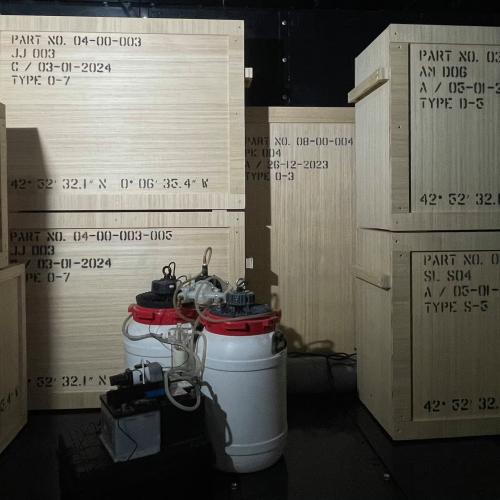Related Stories
Fukushima Fallout Was Almost Twice as Bad as Official Estimates, New Study Says
Key Excerpts from Article on Website of Popular Science magazine
Posted: November 1st, 2011
http://www.popsci.com/science/article/2011-10/fukushima-fall...
This springs nuclear disaster at the Fukushima Daiichi power plant released almost double the amount of radiation the Japanese government has claimed, according to a new analysis. The authors say the boiling pools holding spent fuel rods played a role in the release of some of the contaminants, primarily cesium-137 and that this could have been mitigated by an earlier response. Researchers at the Norwegian Institute of Air Research ... say the amount of cesium-137, a long-lived isotope that persists in the atmosphere, was about twice as high as the Japanese governments official estimate. The researchers also say about 20 percent of the total fallout landed over Japan, but the vast majority fell over the Pacific Ocean. (The effects of this fallout on fisheries and aquatic wildlife are still being determined.) Cesium-137 emissions peaked three or four days after the quake and tsunami, remaining high until March 19, according to this new study. Thats the day authorities started spraying water on the spent-fuel pool at reactor unit 4, the researchers note. This indicates that emissions were not only coming from the damaged reactor cores, but also from the spent-fuel pool of unit 4 and confirms that the spraying was an effective countermeasure, they say. This contradicts Japanese government reports claiming the pools released no radiation.
Note: According to the French nuclear agency, the Institute for Radiological Protection and Nuclear Safety (IRSN, Institut de Radioprotection et de Surete Nucleaire), even the higher estimate of radiation release described in this article is too low. The agency estimates that 20 times more cesium-137 was released than has been admitted by Tepco.
Related Stories
Latest News
Key News Articles from Years Past












































































